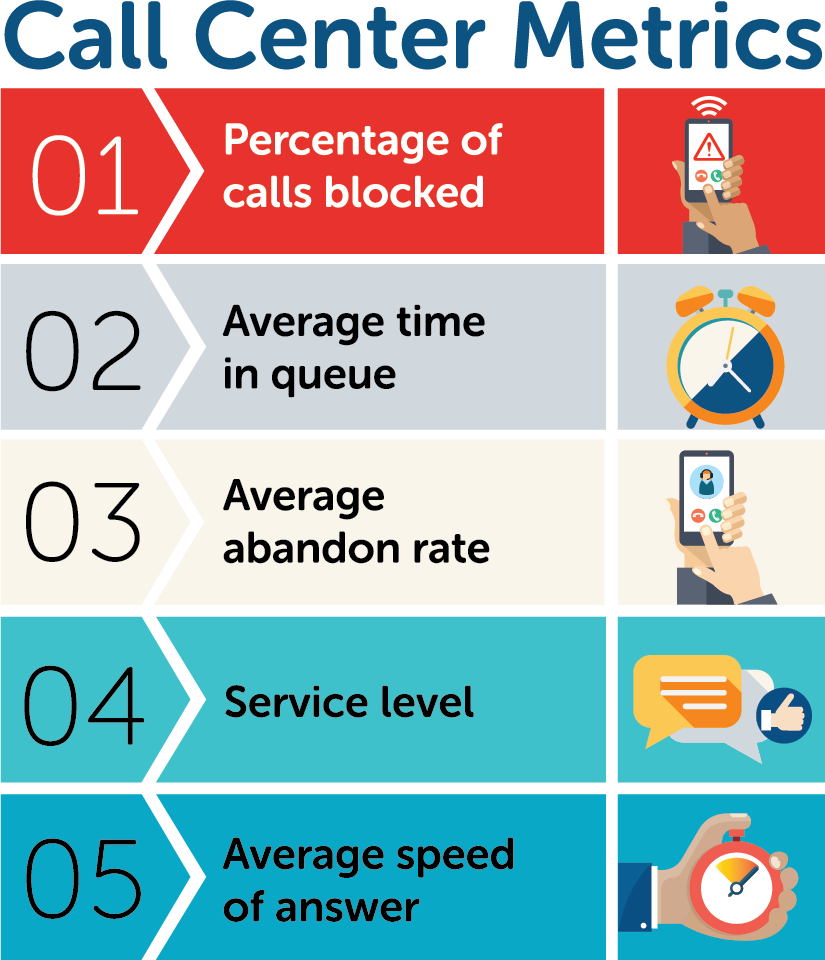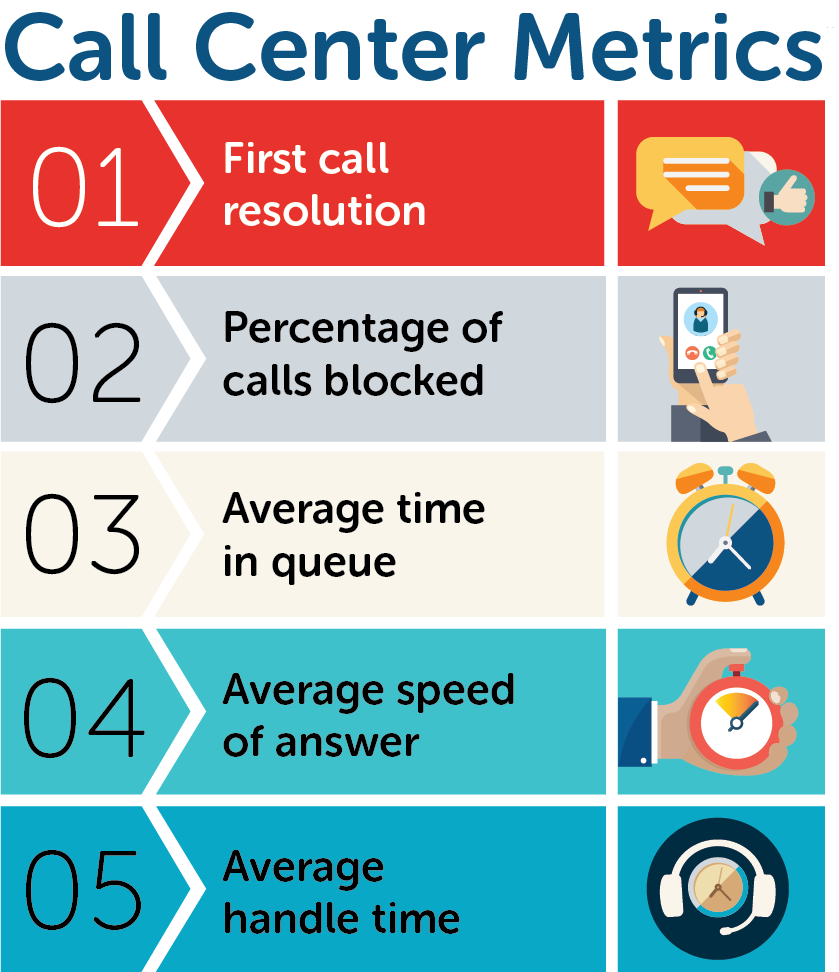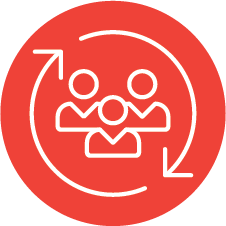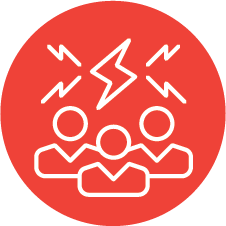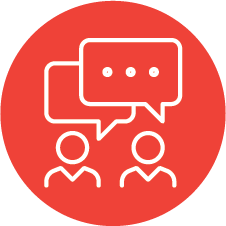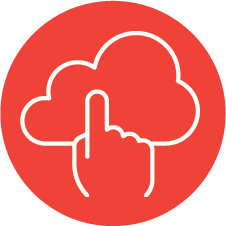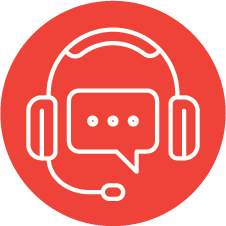Reducing Employee Turnover
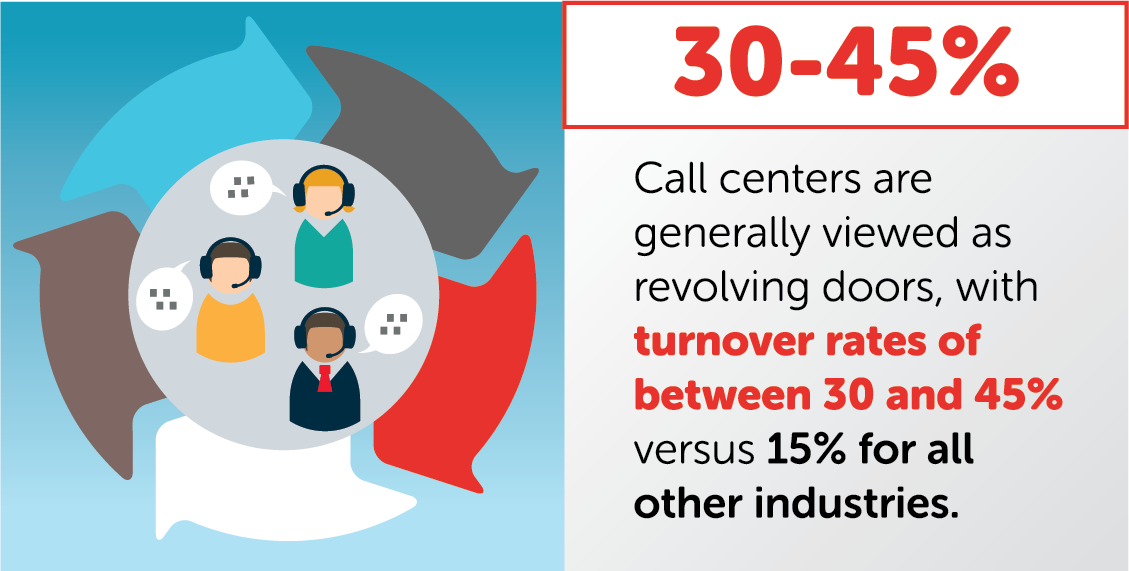
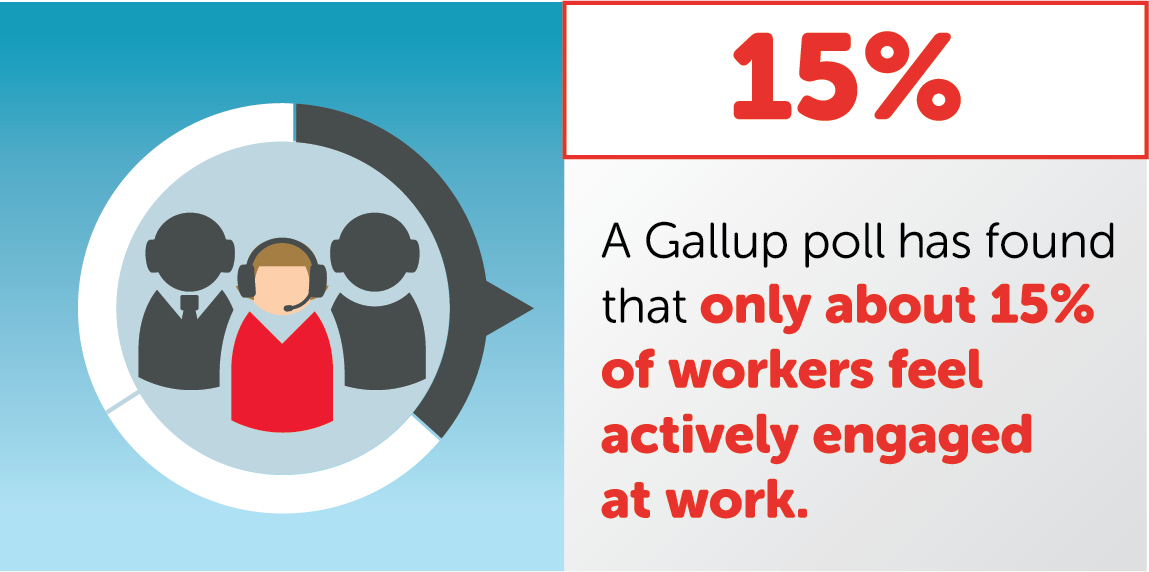
Employee Engagement for Better Customer Service
Speech Analytics for Improved Customer Experience
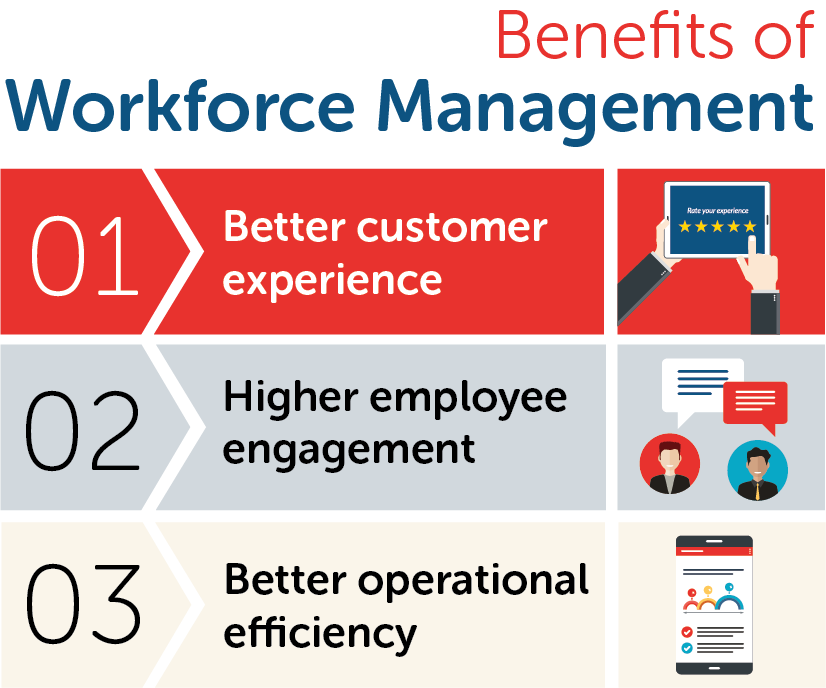
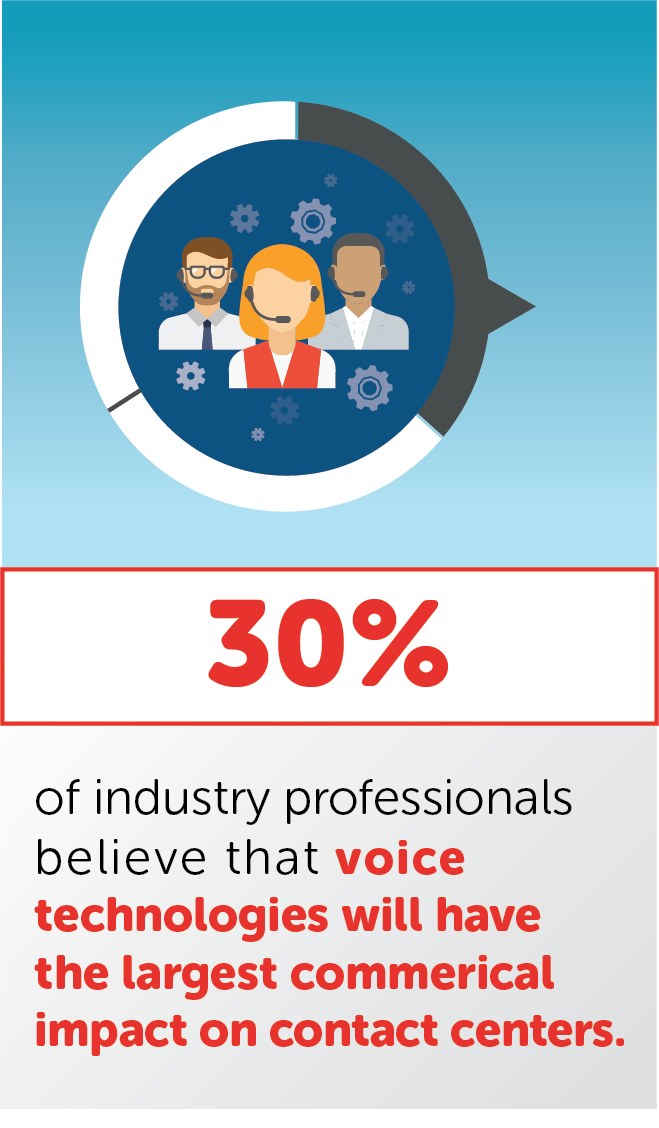
Accelerating Adoption of Advanced Call Center Technologies
Bringing advanced call center technologies and tools into the call center can increase productivity and efficiency and improve agent performance, leading to improved customer service and experience. A recent Speechmatics survey of call center industry professionals entitled Trends and Predictions for Voice Technology in 2020, revealed that 30% of respondents said they believed that voice technologies will have the largest commercial impact on contact centers, enabling companies to derive information about the caller’s emotion in addition to just words. This allows for a new level of customer and agent insights that can dramatically improve customer experience.
Workforce Management for Peak Efficiency and Performance
- Gather and analyze data
- Forecast call workload
- Calculate staff requirements
- Create staff schedules
- Track and manage daily performance
